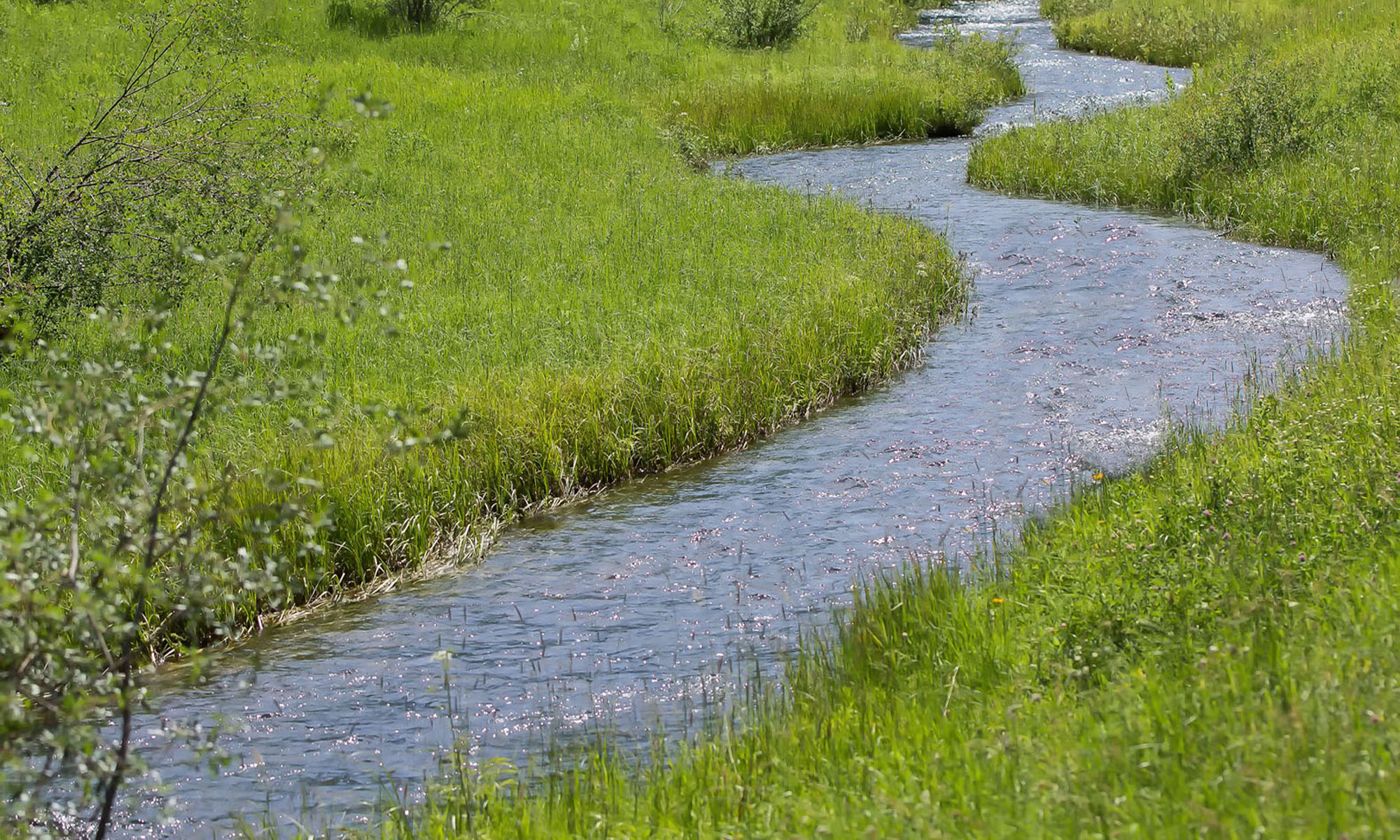
Hello, my name is Aidan Novak and recently I completed my Eagle Project with the help of PCWEA. For those unaware, Eagle Scout is the most prestigious rank that can be awarded by the Boy Scouts of America. Countless hours of service and time spent working on merit badges go into this rank, as well as a large-scale service project to be planned and carried out by the prospective Eagle Scout.
My project was focused on preventing erosion in one of Lower Paxton Township’s local parks, Centennial Acres. The park has a stream that runs down the middle, separating the parking lot from the playground and basketball courts. This stream has been an area of interest for Lower Paxton Township for some time. Originally, they were intending to apply for a grant through Penn State to provide the trees necessary for my project, but unfortunately it fell through at the last minute. That was when the PCWEA stepped in and graciously allowed me to obtain eight trees from their streamside nursery to plant.
The trees obtained were four red oaks and four hawthorns, both local species that are known to assist in retaining soil. After the trees were obtained from the nursery, the next step was to find volunteers. I contacted my troop asking for assistance on the day I scheduled to begin planting. On the day of the project, eleven people came to assist me with my project. With that many people helping, we were able to transplant all of the trees from their pots, mulch them as well as protect their trunks from animals using corrugated drainage tubing. The entire project was completed in two hours and would not have been possible without the generous donation of trees from PCWEA. I would like to personally thank them for providing me with the means to achieve the rank of Eagle Scout.
the day of the project, eleven people came to assist me with my project. With that many people helping, we were able to transplant all of the trees from their pots, mulch them as well as protect their trunks from animals using corrugated drainage tubing. The entire project was completed in two hours and would not have been possible without the generous donation of trees from PCWEA. I would like to personally thank them for providing me with the means to achieve the rank of Eagle Scout.





